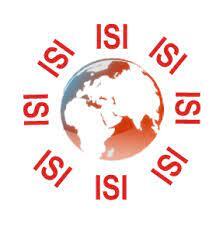Impacts of Anthropogenic Activities and Climate on Wetland Ecology: Case of Sitatunga(Tragelaphus Spekei) at Kingwal Wetland, Kenya
DOI:
https://doi.org/10.62103/unilak.eajst.1.1.24Keywords:
Anthropogenic activities, Biodiversity, Climate change, Wetland ecologyAbstract
The study carried out in Kingwal wetland in the Nandi north district of Kenya to investigate the effects of anthropogenic activities on biodiversity and habitat destruction in the area, as well as the implications of such activities for the future of the Sitatunga animal. The methodology involved questionnaires, interviews with a cross-section of the local people, the organization, and focus group discussions (FGD). Data from Meteorological Department Eldoret was analyzed and used to depict mean monthly rainfall patterns in the study area. Results indicated that Sitatunga is already under threat from the loss and fragmentation of habitat. Encroachment and invasion caused by anthropogenic activities are on the increase, while Climate change poses a new challenge as it often exacerbates the impacts of other pressures. The Kingwal wetland once an extensive wetland and an important breeding site for Sitatunga has been reduced to a narrow stretch of swamp (Ambasa, 2005). It also indicated that, among the various human activities undertaken in the area, cultivation, grazing, and Brick making had the greatest impact on biodiversity conservation through degradation of the wetland over the years. About 95% of the respondents were regarded to engage on major socioeconomic activity in the area. However, majority of the respondents (96%) are aware of the need to conserve the wetland which is the habitat for the rare Sitatunga (Tragelaphus Spekei). For the improvement of the current status of the wetland and its sustainable management, it was recommended: (i) enhancement of local participation in biodiversity conservation initiatives, (ii) initiation of public education and awareness campaigns, (iii) integration of traditional and modern knowledge system of biodiversity conservation, (iv) reforestation, (v) provision of alternative sources of income for the local population.








